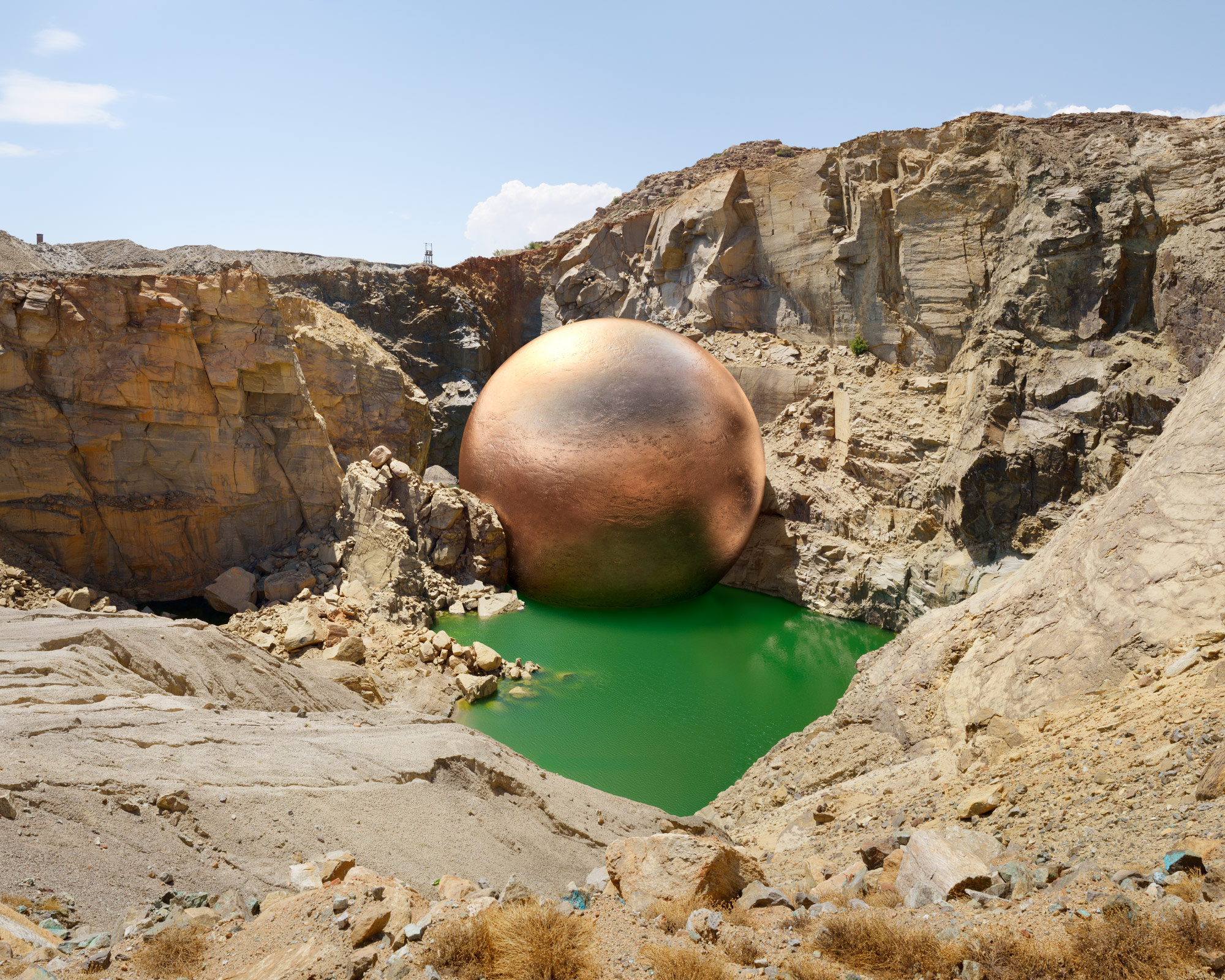When we mine the land for precious minerals, what do we gain, and what do we lose?
These giant balls of metal each represent an exact amount of material: the volumes produced by various mines in South Africa.
Artist and photographer Dillon Marsh wanted to visualise the value that humans have taken from the Earth, and its impact.
He added digital balls of material to these photos of scarred landscapes to illustrate what was gained, and what was lost.
The series is called: ‘For what it’s worth’.



Hence my comment about how gold is extracted. That is not an issue of a mine itself and it also looks completely different and was in no way shown or indicated. There are only very few mines that directly result in pollution etc. like with the example of arsenic.
Why do you think most mines don’t pollute?
Most mines result in pollution during their production phase, and herculean efforts go into managing this. For instance, all their tailings get placed in a Tailings management facility, which is literally just a localized spot to put all their slurry that can’t be released to the environment.
Even if they do their job and manage their pollution, shit happens. Just look up tailings dam failure, for instance. This is why abandonment is such a large issue.
Those slurries are from the processing, not mining. Same with tailings, they are what is left over after extraction.
Mines pollute. But in completely irrelevant amounts compared to the whole rest of the chain.
This is an artists impression from someone who did not study the topic. It fails to show what it set out to show. It is that simple.